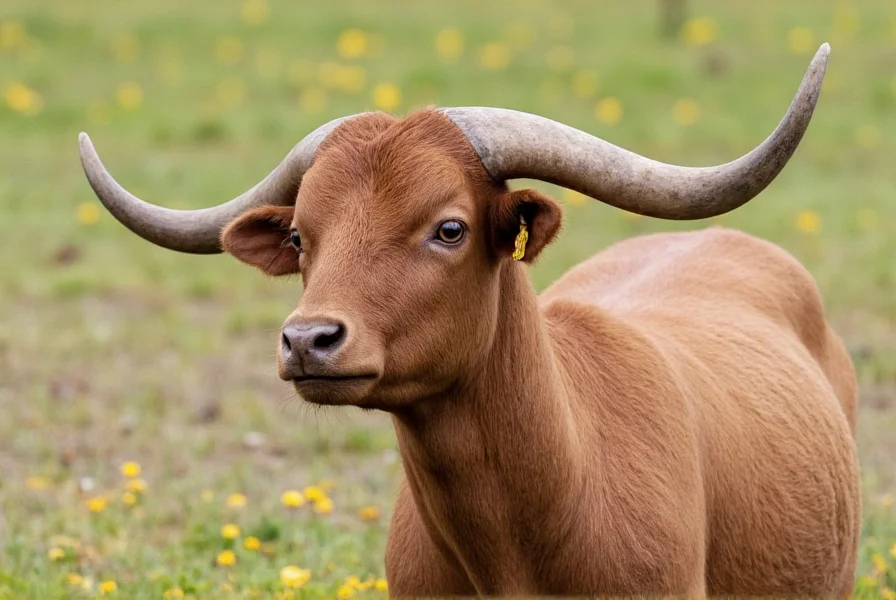Many people searching for “clove and hoof” are actually looking for information about cloven hooves – a fundamental anatomical feature in certain animal species. This confusion likely stems from mishearing or misspelling the correct biological term. Understanding the distinction is crucial for accurate information about animal biology, agricultural practices, and cultural traditions.
What Exactly Is a Cloven Hoof?
A cloven hoof, technically known as a split hoof or divided hoof, consists of two primary toes (the third and fourth digits) that are encased in keratinous hooves. This distinctive feature separates even-toed ungulates (order Artiodactyla) from odd-toed ungulates (order Perissodactyla) like horses, which have a single hoof.
The cloven structure provides several evolutionary advantages:
- Enhanced stability on uneven terrain
- Improved weight distribution
- Greater maneuverability in diverse environments
- Better heat dissipation compared to solid hooves
| Hoof Type | Animal Examples | Biological Classification |
|---|---|---|
| Cloven (Split) | Cattle, deer, goats, sheep, pigs | Artiodactyla (even-toed ungulates) |
| Single (Solid) | Horses, zebras, donkeys | Perissodactyla (odd-toed ungulates) |
| Non-hoofed | Bears, dogs, cats | Carnivora |
Animals with Cloven Hooves: A Comprehensive List
Understanding which animals possess cloven hooves helps clarify common misconceptions about this anatomical feature. The following categories represent major groups within the Artiodactyla order:
Ruminants (Most Common Cloven-Hoofed Animals)
- Bovidae family: Cattle, bison, buffalo, goats, sheep, antelopes
- Cervidae family: Deer, elk, moose, reindeer
- Giraffidae family: Giraffes, okapis
Non-Ruminant Cloven-Hoofed Animals
- Suidae family: Pigs, boars, hogs
- Tayassuidae family: Peccaries
- Hippopotamidae family: Hippos
It's important to note that while all these animals have cloven hooves, not all qualify as kosher according to Jewish dietary laws, which require both cloven hooves AND the ability to chew cud. Pigs, for example, have cloven hooves but don't chew cud, making them non-kosher.
Biological Significance of Cloven Hooves
The evolutionary development of cloven hooves represents a remarkable adaptation to diverse environments. Unlike solid hooves that function as a single unit, the split design offers several functional advantages:
Terrain Adaptation: The slight separation between the two toes allows for better grip on uneven surfaces. When weight shifts, the toes can spread slightly, increasing surface contact with the ground. This explains why cloven-hoofed animals thrive in mountainous regions, forests, and marshy areas where solid-hoofed animals might struggle.
Weight Distribution: The cloven structure distributes weight more evenly across the foot, reducing pressure points and minimizing injury risk. This adaptation supports larger body masses while maintaining agility – evident in animals like bison that can weigh over 2,000 pounds yet move with surprising speed.
Thermoregulation: The space between the toes facilitates better air circulation, helping regulate foot temperature. This feature proves particularly valuable in extreme climates, from arctic reindeer to desert-dwelling antelopes.
Cultural and Religious Significance
Cloven hooves carry profound meaning across various cultural and religious traditions, most notably in Judaism:
Jewish Dietary Laws: The Torah (Leviticus 11 and Deuteronomy 14) specifies that for land animals to be considered kosher, they must both have cloven hooves AND chew their cud. This dual requirement excludes animals like pigs (cloven hooves but no cud-chewing) and rabbits (cud-chewing but no cloven hooves).
Symbolic Representations: Throughout history, cloven hooves have appeared in various mythologies and folklore. In European traditions, they became associated with demonic figures – a connection that has no basis in scientific reality but persists in popular culture.
Agricultural Importance: For farmers and ranchers, understanding hoof structure is essential for proper animal care. Cloven-hoofed livestock require specific hoof trimming techniques and management practices to prevent common issues like foot rot and laminitis.
Common Misconceptions About Cloven Hooves
Several persistent myths surround cloven hooves that deserve clarification:
- “Cloven hooves indicate demonic association”: This superstition has no scientific basis and stems from medieval European folklore.
- “All split hooves are identical”: Cloven hooves vary significantly between species in width, depth of split, and additional features like dewclaws.
- “Pigs aren't kosher because of their hooves”: Pigs actually have perfectly formed cloven hooves; they're non-kosher because they don't chew cud.
- “Cloven hooves are weaker than solid hooves”: The split design provides distinct advantages for certain environments and has proven evolutionarily successful.
Maintaining Healthy Hooves in Cloven-Hoofed Animals
Proper hoof care remains essential for the health and productivity of cloven-hoofed livestock. Key considerations include:
- Regular trimming every 6-8 weeks for domesticated animals
- Monitoring for signs of foot rot, especially in wet conditions
- Providing appropriate flooring in barns to prevent excessive wear
- Ensuring proper nutrition for strong hoof development
- Watching for abnormal gait patterns that might indicate hoof problems
Veterinarians and farriers emphasize that early intervention with hoof issues prevents more serious health complications. The unique structure of cloven hooves requires specialized knowledge for proper maintenance and treatment.











 浙公网安备
33010002000092号
浙公网安备
33010002000092号 浙B2-20120091-4
浙B2-20120091-4